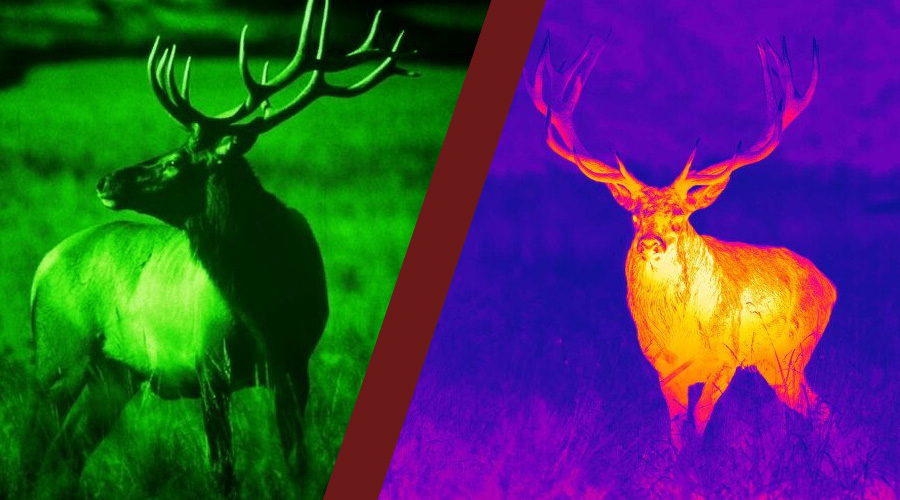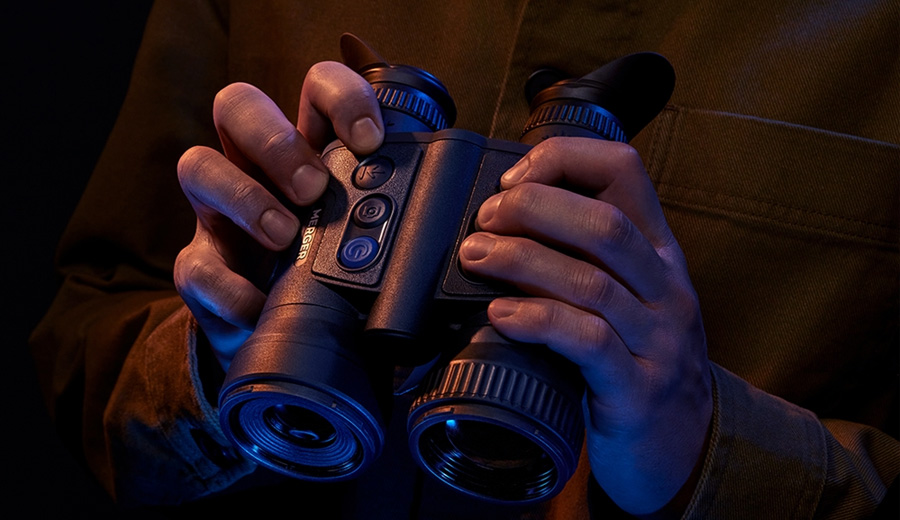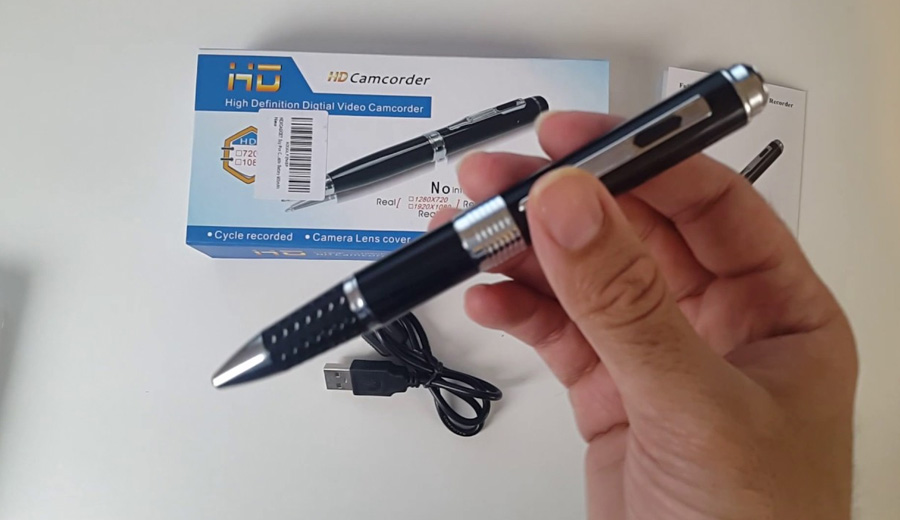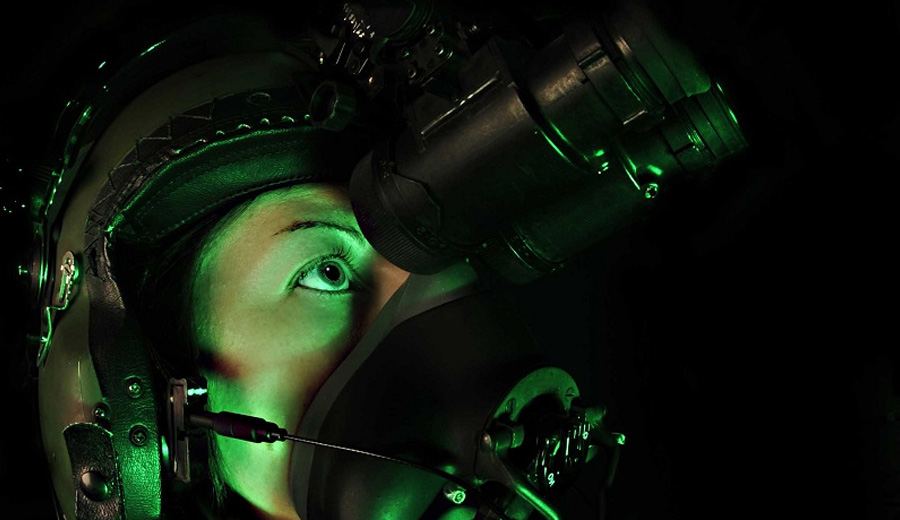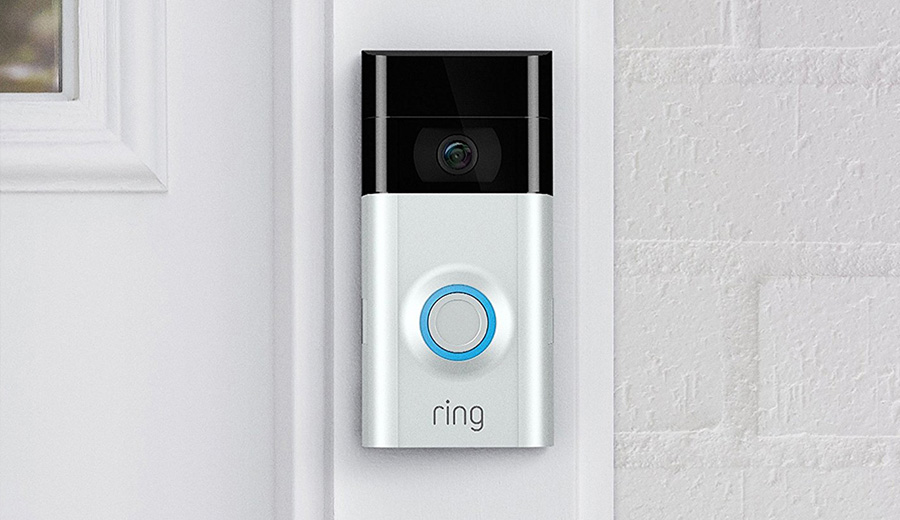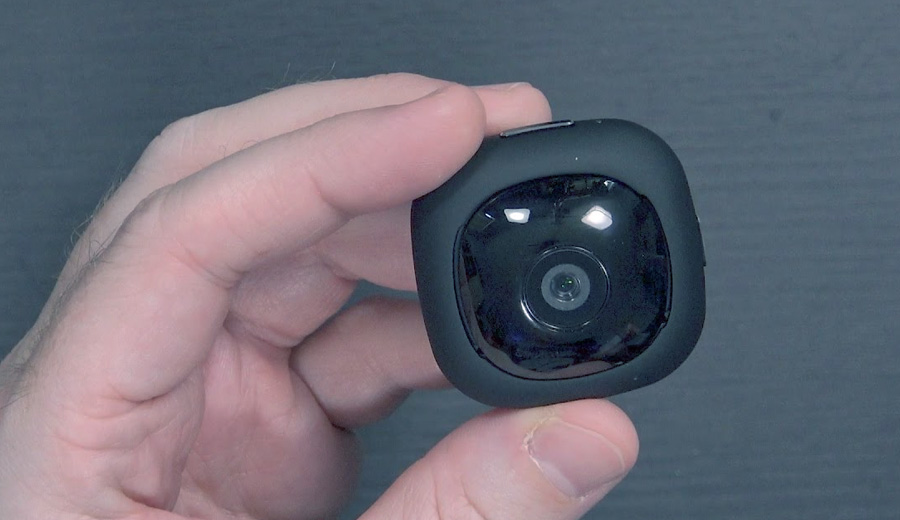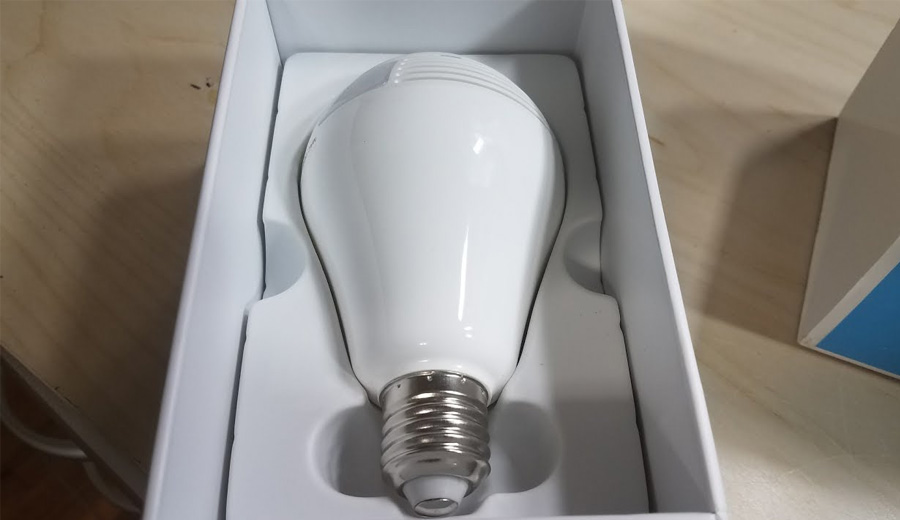Are you interested in night vision camera? If you’re reading this, then chances are you’re scouting for decent security camera for your home.
However, many people don’t know much about the technology and often times choose the wrong product they regret afterwards. Specifically, difference between infrared and thermal night vision. What’s the difference, why one is better (or worse) than the other?
We’ll try to go over the basics and give you some pointers when it comes to technology used in night vision spy cameras, and which one should you choose for your needs.
Infrared Night Vision Spy Cameras
How They Work: Infrared night vision camera operates on a principle of emitting invisible light in order to illuminate the dark area. It employs its infrared LEDs that are built into cameras, which also emit infrared light.
This light goes beyond the range of human sight. The camera’s sensor detects the reflected light and creates a visual image of the object or person when the infrared light hits them.
This technology enables users to see in complete darkness or low-light conditions.
Applications: Spy cameras that use infrared light are often found in home security, wild life surveillance or during a covert military operations.
It works when it’s difficult to get good lighting conditions or when extra light would be simply unwarranted.
Pros:
Invisibility: These cameras are invisible and make use of infrared light that cannot be seen by humans thus suitable for undercover surveillance.
Cost-Effective: Infrared night vision technology is generally more affordable compared to thermal imaging.
Good for Recognition: Technology behind using IR cameras allows better distinguishing of faces or objects.
Cons:
Limited Range: Most models of IR cameras have a range of illumination from 20-50 feet.
Vulnerability to Bad Weather: It should be noted that bad weather conditions like heavy rain can influence, to some extent, the IR camera performance.
Thermal Night Vision Spy Cameras
How They Work: Different from the thermal night vision cameras, these do not use visible light. These cameras use an array of sensors to detect the variations in temperature and create a thermal image.
These cameras use an array of sensors to detect the variations in temperature and create a thermal image.
A warmer object produces brighter image while a colder object generates darker silhouette. Thermal imaging works in total darkness and allows you to clearly see the picture even when everything is dark.
Applications: Military and police operations and search and rescue missions, as well as hunting equipment make up the main use of thermal night vision cameras. These devises are essential in detection of objects, individuals when no light is present.
Pros:
Versatility: Thermal cameras are highly versatile and can operate in complete darkness, fog, and smoke.
Long Range: Thermal imaging is far reaching, hence suitable for wide-area surveillance.
No Lighting Required: They are highly clandestine because they do not produce any discernible luminescence.
Cons:
Limited Detail: Thermal images have low resolution compared with infrared and regular cameras hence it is harder to tell one’s identity or identify an object.
Cost: Thermal night vision cameras are more expensive than infrared cameras because of their technology.
Choosing the appropriate Night Vision Spy Camera.
Therefore, the choice of infrared or thermal night vision spy cameras depends on your individual needs and a budget.
If you require detailed images or are operating in low-light conditions, infrared may be the best choice cameras for you.
However, thermal cameras will work the best in areas of utter darkness and under extreme conditions.
Both technologies have made significant strides in recent years, offering improved image quality and affordability. Over time advancement of technology may erode or obscure the difference between these 2 night vision systems.
So, there you have it. Hopefully you got a basic sense of why you should choose one type of camera vs the other. Both night vision technologies are great and offer nice benefits. You just need to think of the environment where you’ll be using these in. And determine whether thermal imaging or infrared light sensor cameras are your choice.

